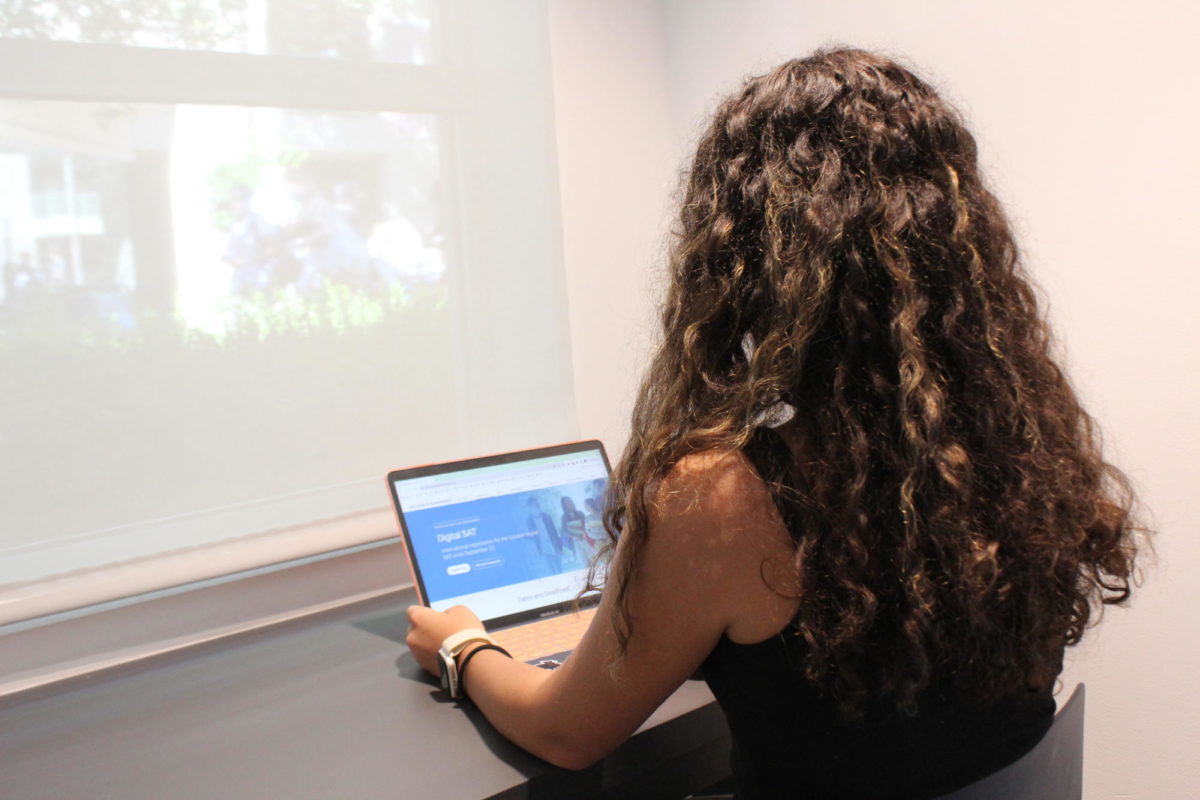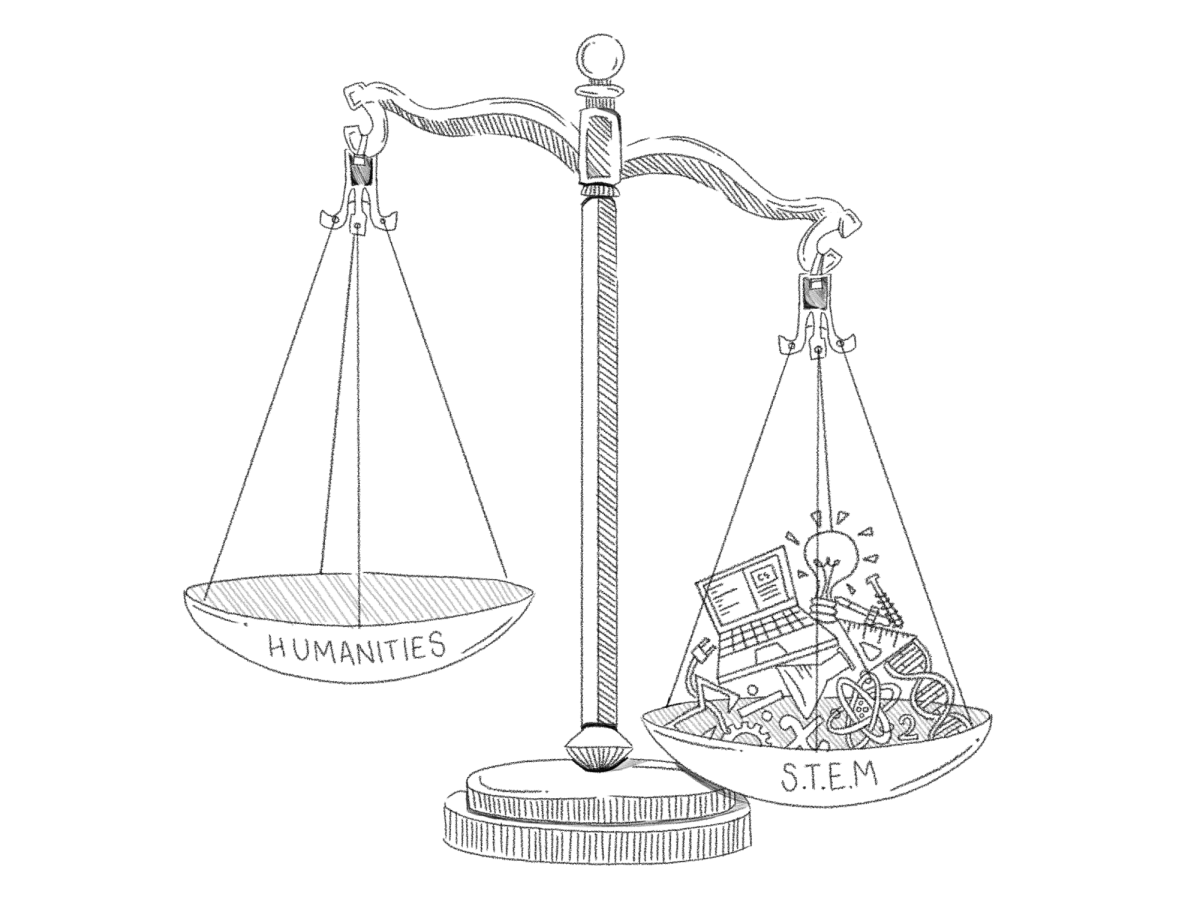The Scholastic Aptitude Test, a standardized test widely used for college admission in the U.S., is soon to transform completely. The most recent official SAT consisted of two math sections, one reading section and one grammar section for a total of 3 hours and 15 minutes. However, the test has recently undergone frequent changes, with the most significant change set to occur in the spring of 2024.
The Digital SAT will help make the test more accessible to people all around the world. According to Prep Scholar, during the COVID-19 pandemic, many restrictions were set in place to prevent the spread of the virus. Thus, there were few accessible sites that provided pencil and paper where students could sit down to take the actual test. This issue was the main motivation behind creating the DSAT, to make the SAT accessible for students around the world regardless of the circumstances. Technology is becoming extremely prevalent and widespread in our world, so turning the test digital will open the test to many more people than before.
The College Board, the organization that develops and administers the SAT, has continuously evolved the test to best evaluate students’ aptitudes since it was first designed almost a century ago. Schools are adapting too: the test used to be mandatory for high school students applying to American colleges and universities, but now more and more colleges are no longer looking at the scores during the admissions process.
Next year promises to be a groundbreaking year for the test, because its digital version, the DSAT, will come out during March 2024. This change will make the grading process significantly easier, decrease the amount of paper used and reduce stress, while making it accessible for students all around the world.
Adapting the DSAT allows for the incorporation of exciting modern technology into traditional testing systems. Before the DSAT, every individual paper SAT needed to be graded manually by a person or machine. Over 1.7 million students’ test materials have to be individually placed in a sealed bag, then securely delivered to a scoring facility. The bubble sheets are then scanned by a machine that counts the number of correct answers, while the SAT essays are withdrawn for separate scoring by College Board employees. This arduous grading process usually takes around two weeks.
Although there’s no official estimate of the amount of paper that the traditional SAT burns through, the fact that two million students take the test globally each year suggests the amount is nothing to scoff at. The adaptation of modern technology therefore has the potential to make SAT not only easier to grade, but also more environmentally friendly.
Lastly, another benefit of the DSAT is that it’s a lot shorter than the paper version. The paper SAT would usually take students around three hours to complete, but the DSAT shortens the test to around two hours. This change will allow less stress for students, as according to a study from Education World, shorter tests produce less anxiety than longer tests. The longer the test, the more the student’s mental focus will break down to eventually hinder their testing capabilities. Even with the shorter test, students’ abilities are still being assessed accurately.
Overall, the DSAT has changed the world’s perception of standardized testing. This new innovation is a fantastic application of contemporary technology, saves more time while precisely measuring students’ abilities and also increases accessibility for students all over the world. Throughout the next few years, there is no doubt that the SAT will continue to transform and improve and it’s exciting to imagine what the future holds.








